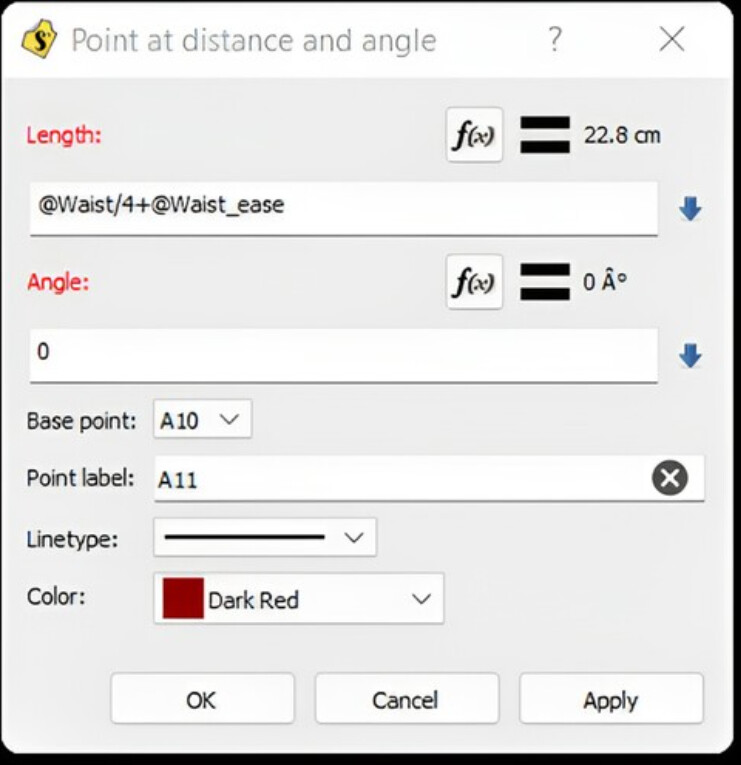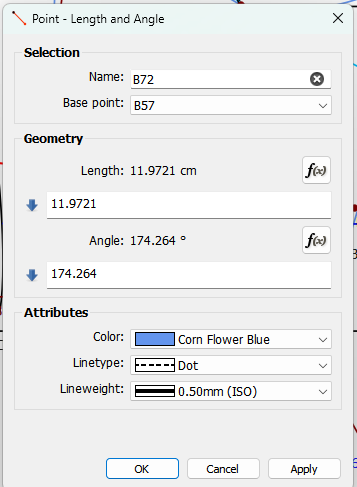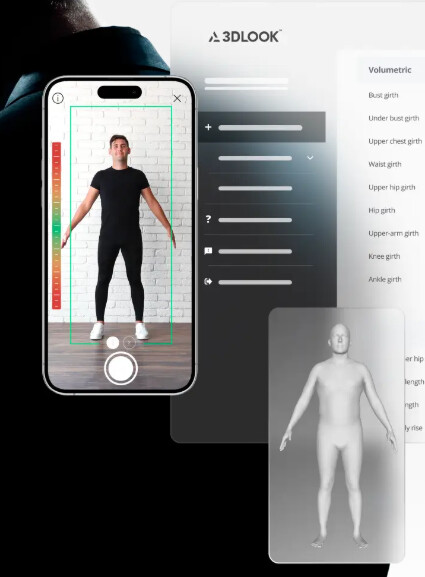The discussion started in this thread: Pattern System and we aligned to continue it in an own thread.
The intention is to discuss a “new” pattern drafting system that could be implemented into Seamly or at least include some base patterns in the Seamly installation.
There are many pattern systems out there, very old ones, rather new ones, very popular ones and underrated ones.
I personally use the Systemschnitt System, which is not well known. I also tried the popular (at least in Europe, but probably worldwide) Müller & Sohn / HAKA system.
Both work with a lot of assumptions and shortcuts to make the drafting easier. If you do the drafting with a program like Seamly, this has limited advantages, as you would only need to draft the thing once, and there could use as many measurements as possible to get the possibly best fit.
Therefore, proposal would be to take full advantage of the Seamly.me files and set up a system as precise as possible.
But how shall we start?
Can we just collect all the systems out there with the advantages / disadvantages (of course, personal view!) to grain out a method on how to best draft a base pattern?
Or do you think the workflow should be different?
Every view and comment is appreciated!
I do not know exactly the policy on copying single pages from those drafting books, so we have some examples of every system. Is that okay and still covered by “citation” concept, or is this already regarded as violation of copyright?
Then everyone would need to redraft an own example…
I have most experience in men’s trousers and would love to start with this one. Could give an Example of Systemschnitt and HAKA.
The following Thesis might also be interesting in this context, it can be downloaded free:




